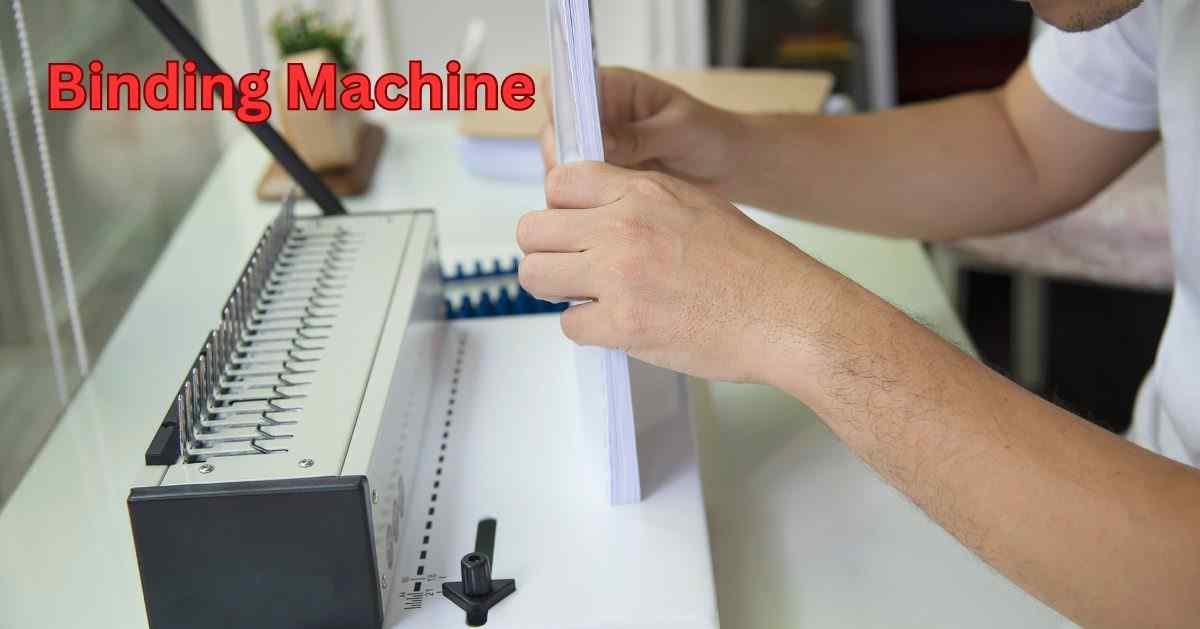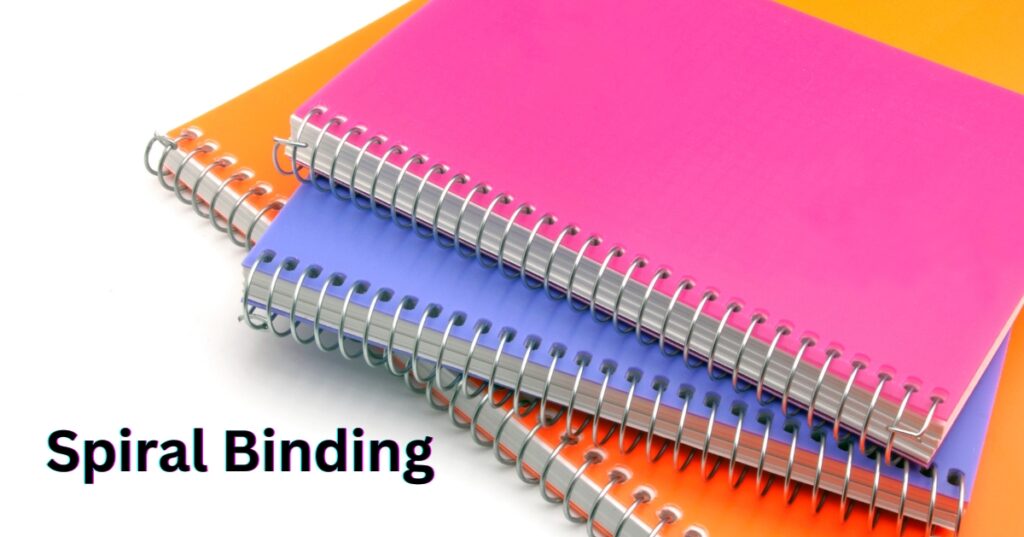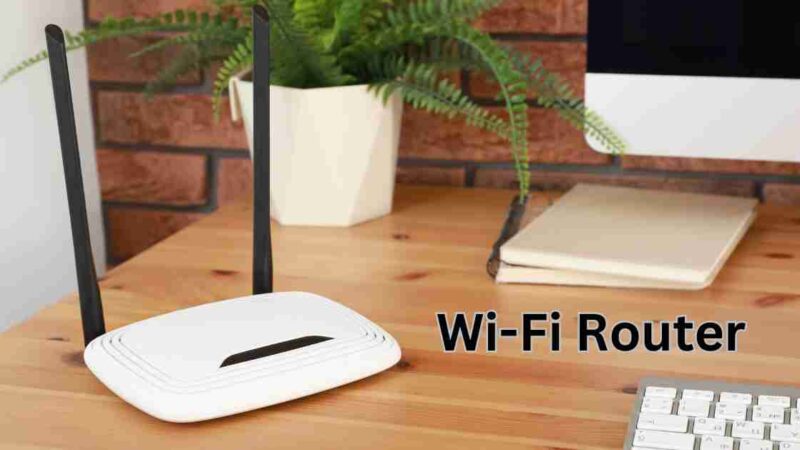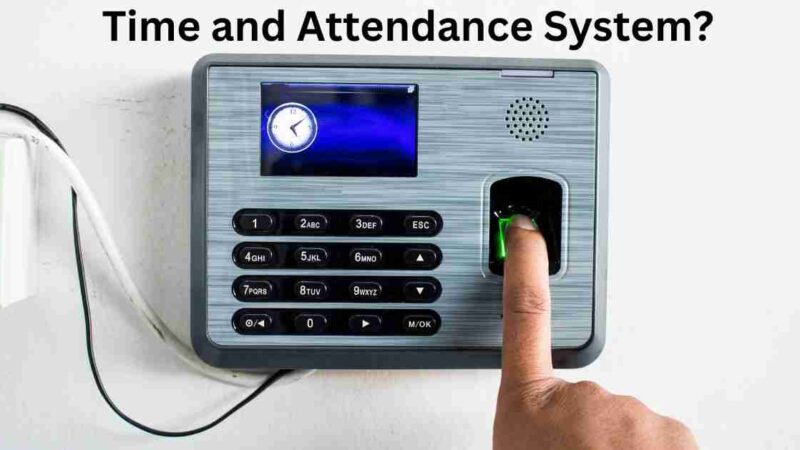Types of Binding Machines and Their Document Benefits

A binding machine is a versatile device used to create organized and professional-looking documents. It enables the secure binding of loose pages, turning them into cohesive and presentable materials. These machines come in various types, including comb binding, wire binding, spiral binding, thermal binding, and velo binding machines. Each type employs a specific method to fasten pages together, such as plastic or metal spines, coils, or adhesive strips. Binding machines are commonly used in offices, print shops, schools, and businesses to produce reports, presentations, manuals, and other documents. They offer a neat and polished finish, enhancing the overall appearance and durability of printed materials.
How Old is the Binding Machine?
The concept of binding documents together using various methods has a long history dating back centuries. The development of binding techniques and machines has evolved over time, with significant advancements occurring in the 19th and 20th centuries. For example, the invention of the spiral binding method can be traced back to the early 20th century.
The specific age of a binding machine can vary depending on the type and technology used. Some traditional binding methods, such as bookbinding, have been practiced for centuries. Modern binding machines, like those used for comb binding or wire binding, were developed in the 20th century.
To determine the age of a specific binding machine, you would need to identify its make and model and then research the manufacturing date or the time when that particular type of binding machine was first introduced.
Exploring the Wide Range of Binding Machines
Binding machines play a crucial role in creating organized and professional documents across various sectors. They provide a neat and polished finish, making documents more presentable and durable. With a plethora of binding options available, it’s essential to understand the various kinds of restricting machines and their applications. In this article, we will explore the diverse world of binding machines, from traditional methods to modern innovations.
Comb Binding Machines:
Comb-binding machines are one of the most widely used binding solutions. They employ plastic comb spines that thread through holes punched along the document’s edge. These machines are versatile and ideal for reports, presentations, and manuals. Comb binding offers easy editing options, as pages can be added or removed without damaging the document.
Wire Binding Machines:
Wire binding machines use metal wire spines, typically in the form of double loops, to secure documents. They provide a professional and sleek appearance, making them suitable for presentations and proposals. Wire binding offers a secure and tamper-resistant binding, ensuring that pages remain intact.
Spiral Binding Machines:

Spiral binding, also known as coil binding, utilizes continuous plastic or metal coils that are threaded through round holes punched along the document’s edge. This method allows documents to lay flat and offers 360-degree rotation, making it perfect for calendars, notebooks, and instructional manuals.
Thermal Binding Machines:
Thermal binding machines use heat to melt adhesive strips in the spine of a document cover, creating a secure bind. This method is popular for creating professional-looking reports, documents, and presentations quickly. Thermal binding offers a clean and polished appearance, and the binding process is fast and hassle-free.
Velo Binding Machines:
Velo binding is a specialized form of strip binding that employs plastic strips with thin prongs. The prongs are inserted through punched holes in the pages, and the strip is heat-sealed, ensuring a tamper-resistant and permanent bind. Velo binding is commonly used for legal documents and official reports.
Perfect Binding Machines:
Perfect binding machines are typically used for paperback bookbinding. They apply adhesive to the spine of the pages, and a cover is wrapped around the document. This method creates a sleek and professional finish, making it suitable for novels, catalogs, and magazines.
Fastback Binding Machines:
Fastback binding, also known as tape binding, uses specialized adhesive strips applied to the edge of the document. The strips are heated and pressed to create a strong and durable bind. Fastback binding is perfect for creating attractive and durable documents.
Binder Clip Machines:
Binder clips offer a simple and manual binding method. These machines apply pressure to clamp down on the edge of the document, securely holding the pages together. Binder clips are often used for reports and documents that require frequent page changes.
[Also Read: Conference Room Setup: Key Considerations for Effectiveness]
How to Choose the Right Binding Machine: A Comprehensive Guide
Binding machines are invaluable tools for creating organized and professional documents, whether it’s for presentations, reports, manuals, or personal projects. However, with a wide variety of binding methods and machine types available, selecting the right one can be a daunting task. To make an informed decision and ensure your documents meet your specific needs, follow this comprehensive guide on how to choose the perfect binding machine.
Determine Your Binding Needs
The first step in choosing a binding machine is to assess your requirements. Consider the type of documents you’ll be binding, their size, and the expected volume. Different binding methods offer varying levels of durability, ease of editing, and presentation. Common binding methods include comb binding, wire binding, spiral binding, thermal binding, velo binding, perfect binding, and tape binding.
Document Size and Capacity
Document size is a critical factor when selecting a binding machine. Some machines are designed for standard letter-size documents, while others can handle larger formats or custom sizes. Ensure the machine’s specifications align with your document size requirements. Additionally, consider the machine’s binding capacity, which indicates the number of pages it can bind at once. Choose a machine with an appropriate capacity for your typical document thickness.
Editing Flexibility
If you anticipate the need to update or edit your documents after binding, opt for a binding method that allows easy additions or removals of pages. Comb binding, for example, permits convenient editing by simply opening the comb spine and making changes. This flexibility can save time and resources in the long run.
Frequency of Use
Consider how frequently you’ll be using the binding machine. For high-volume, daily use in a commercial setting, invest in a heavy-duty, commercial-grade machine designed to withstand heavy workloads. For occasional use or lower-volume needs, a smaller, desktop model may be sufficient.
Ease of Use
A user-friendly binding machine can significantly improve your workflow. Look for features such as on-screen prompts, adjustable paper guides, and a straightforward binding process. Machines with intuitive controls and clear instructions are particularly beneficial, especially for users who are new to binding.
Workspace and Portability
Assess your available workspace and storage options. Desktop binding machines are compact and fit well in smaller workspaces, while larger machines may require a dedicated area. If portability is essential, consider a lightweight and portable model that can be moved easily between locations.
Budget Considerations
Determine your budget for a binding machine. Binding machines come in a range of prices, so it’s important to establish a budget based on your needs and requirements. Be mindful of ongoing costs, such as binding supplies (spines, covers, etc.), when budgeting for a binding machine.
Binding Speed
If you need to produce a large volume of documents quickly, pay attention to the machine’s binding speed. Commercial-grade machines typically have higher speeds, making them ideal for demanding production environments. However, for occasional use, a slower machine may suffice.
Brand Reputation and Warranty
Research shows that reputable brands are known for producing reliable binding machines. Check for user reviews and recommendations to gauge a brand’s reputation. Also, audit the guarantee and accessible client assistance choices to ensure you have a plan of action in the event of any issues.
Supplies Compatibility
Verify that the binding machine you choose is compatible with readily available binding supplies, such as binding spines, covers, and adhesive strips. Compatibility ensures that you can easily source the necessary supplies for your binding projects.
Enhancing Documents with Wire Binders: Combining Practicality and Style
Wire binders elevate the appearance of finished documents by introducing a stylish coil that securely holds the pages together. This not only enables pages to lay flat or on top of one another but also achieves a concept known as “perfect registration.” Perfect registration ensures that pages align perfectly, making it possible to include double-page diagrams without concerns about alignment. For an added touch of professional flair, you can even select from a variety of binding wire colors, allowing you to create documents that are as eye-catching or discreet as you desire.
Plastic Coil Binders: Combining Functionality with a Casual Aesthetic
Plastic coil binding spines offer a more relaxed and informal appearance compared to their metal wire counterparts. Despite this distinction in aesthetics, they perform the same function and offer similar advantages. Coil-binding machines using plastic spines can match the binding speeds and capacities of those using metal wire. One notable advantage of using a plastic coil binder is its enhanced durability compared to wire, resulting in longer-lasting booklets and documents.
Elevating Document Presentation with Thermal Binding Technology
Thermal binding technology takes document presentation to the next level by seamlessly binding pages using a polymer adhesive, eliminating the need for punched holes that can affect the final appearance. Additionally, thermal binders offer exceptional efficiency, completing the process faster than many other binding methods, as it involves a single step. It’s worth noting that while thermal binding provides unmatched style and finish, the adhesive may degrade over time, making it less suitable for long-term document preservation. However, if aesthetics are your primary concern, thermal binding remains the top choice.
Another important consideration, often overlooked, is the paper size compatibility of the binder. Detailed specifications provided in product descriptions will help you choose the binder that best suits your specific needs.
Mastering the Art of Comb Binding: A Three-Step Process
Utilizing a comb binder involves a straightforward three-step process. First, configure the machine to accommodate the paper size you intend to bind and adjust it to punch the necessary number of holes to match the spine. If you’re new to using a binding machine, it’s advisable to count the comb’s teeth in advance.
Once these adjustments are made, insert the comb into the comb holder. Pulling the lever backwards will open the comb, ready to receive your sheets of paper. However, before reaching this step, you’ll need to punch the corresponding holes. This is accomplished by placing the documents into the punching slot, ensuring proper alignment and orientation.
After punching the holes, it’s a simple matter of inserting the documents into the comb holder and returning the lever to its original position. This action closes the comb and securely fastens everything in place.
Mastering Wire Binding: A Step-By-Step Approach
Wire binders employ a similar process to comb binding. To begin, you must punch the sheets to be bound using the appropriate wire binding punch pattern. Following this step, you’ll feed the wire coil through the punched holes, and then place the entire document into the binder, allowing the wire coils to be securely closed.
It’s worth noting that, unlike comb binders, the wire binding process is irreversible. Therefore, it is even more crucial to ensure that all your pages are in the correct order, properly aligned, and facing the right way before proceeding with the binding process.
Mastering Plastic Coil Binding Machines: A Unique Process
Getting the hang of using a binding machine that utilizes plastic coils involves a slightly different approach. The initial punching phase remains consistent, ensuring that you use the appropriate punching pattern. However, the subsequent steps diverge.
After punching, you will manually twist a small section of the plastic coil before presenting it to the binding machine. The machine’s rollers will then swiftly rotate the plastic spiral, causing it to thread its way through the remaining holes in a corkscrew fashion. Once the coil is fully inserted, you may need to trim any excess with a pair of cutters or sturdy scissors to achieve a neat finish.
Mastering Thermal Binding: A Step-by-Step Process
Thermal binding machines require specialized binding covers with an inner spine coated in a thermoactivated adhesive, which securely holds all the pages together. To begin, insert your documents into the binding cover, ensuring that all pages are correctly arranged. Once assembled, the next step is to place the booklets to be bound into the heating slot, akin to inserting bread into a toaster. Notably, many models feature an adjustable side of the heating slot, allowing you to bind multiple documents simultaneously.
With the documents in place, select the appropriate time cycle based on the manufacturer’s guidelines and activate the binder. The adhesive will be heated to the prescribed temperature, effectively sealing the papers against the spine. Upon completion of the time cycle, transfer the finished products to the cooling tray to allow them to be fully set.
[Also Read: What Are the Differences Between Air Purifiers and Humidifiers?]
Conclusion
Binding machines have a rich history that spans centuries, with diverse methods and technologies evolving over time. While the specific age of a binding machine can vary, significant advancements occurred in the 19th and 20th centuries, leading to the development of various binding machine types. Today, binding machines come in numerous forms, from comb binding and wire binding to thermal binding and plastic coil binding. Each type offers distinct advantages and applications, catering to the diverse needs of offices, print shops, schools, and businesses. Understanding the evolution and features of these binding machines is essential for creating organized and professional documents.





